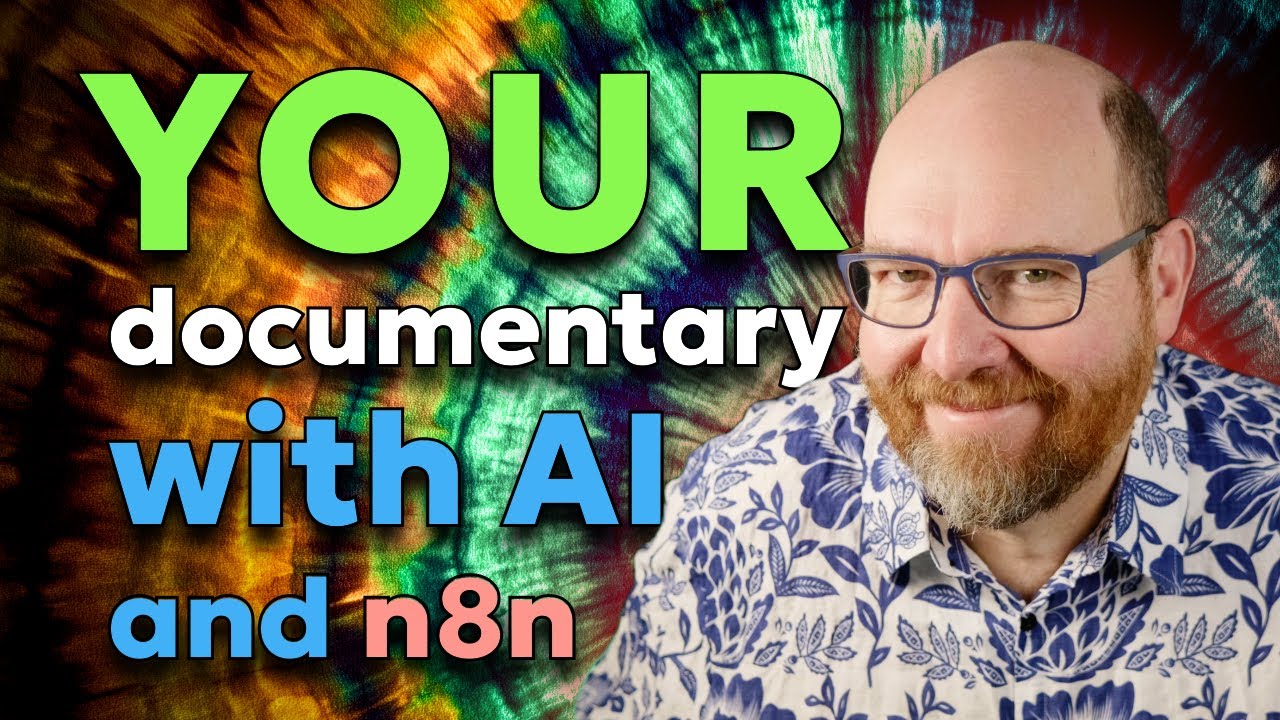The video showcases the creator’s experience of using Gemma 3, an advanced AI model, to fabricate a mock documentary by generating narrative text from multiple images and prompts, highlighting the ease of integrating AI into creative processes. It also details the technical development of an application that captures images and processes them for storytelling, while discussing challenges faced with workflow automation tools like n8n.
In the video, the creator shares an imaginative experience of creating a mock documentary using advanced AI tools, specifically Gemma 3, a multimodal model capable of processing both text and images. The creator humorously narrates a scene where a subject appears deep in thought, showcasing the model’s ability to generate descriptive text based on visual input. However, the twist reveals that the entire scenario was fabricated using Gemma 3 and a voice synthesis tool from 11 Labs, highlighting the potential of AI in content creation.
The video then delves into the technical aspects of how the creator built an application to leverage Gemma 3’s capabilities. The app allows users to send multiple images along with prompts to the model, which then generates narrative text based on the provided visuals. The creator demonstrates the simplicity of the app’s design, which reads prompts and images, sending them to the model to produce coherent stories. This showcases the ease of integrating AI into creative processes.
Next, the creator discusses the development of a more complex application using a command-line interface (CLI) written in TypeScript. This app captures images from the laptop’s camera, processes them, and encodes them in base64 format to be compatible with Gemma 3. The creator explains the workflow, detailing how images and text are sent to a webhook for processing, and how the app loops through multiple images to create a continuous narrative. This segment emphasizes the importance of familiarity with programming languages for effective development.
The creator also shares insights into using n8n, a workflow automation tool, to manage the interactions with the AI model. They explain the challenges faced while trying to send multiple images and how they resolved these issues by adjusting the workflow. The creator expresses some frustration with the limitations of n8n, suggesting that a more direct approach to sending requests to the AI model would have been more efficient. This part of the video highlights the complexities of integrating different tools and the learning curve involved.
Finally, the video concludes with the creator reflecting on the overall process of creating the mock documentary. They discuss the editing phase, where they combined footage from their laptop and iPhone, along with the generated audio from 11 Labs, to produce a cohesive final product. The creator invites viewers to consider their own ideas for using multiple images with AI models and encourages engagement through comments. The video serves as both an entertaining showcase of AI capabilities and a practical guide for those interested in exploring similar creative projects.
